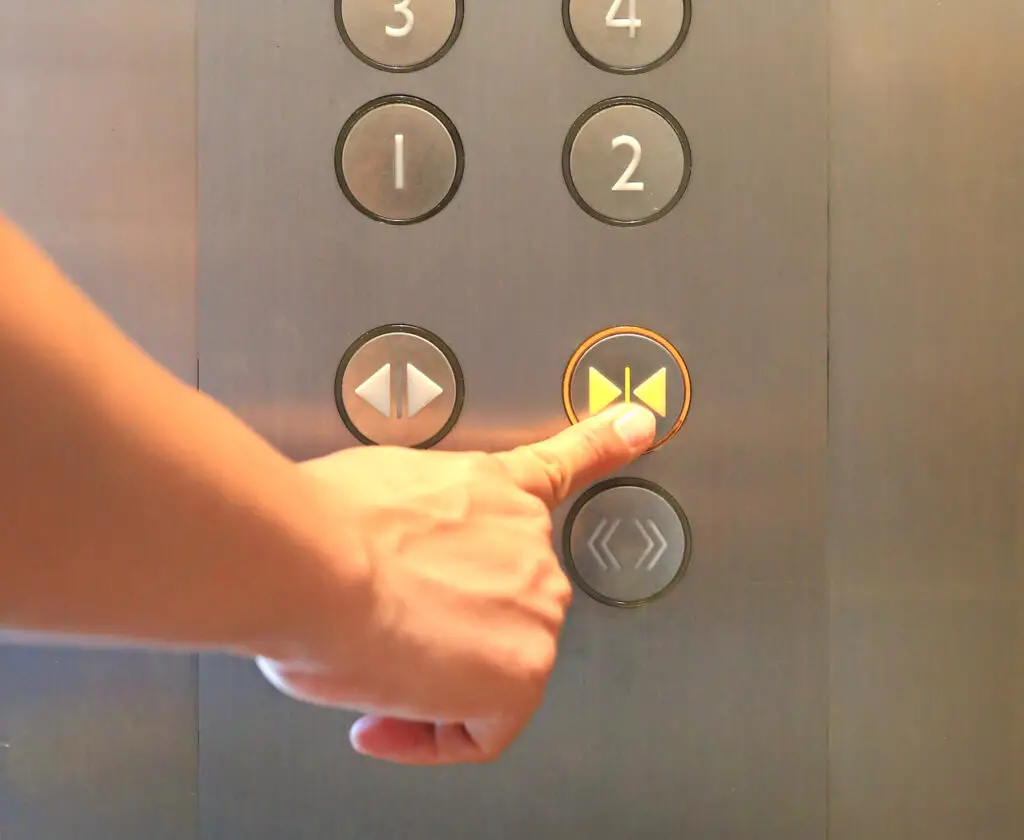How often have you been in an elevator, either by yourself or with a group, and you mash the ‘close door’ button to close the doors as quickly as possible to get where you need to go? You might be surprised to learn that pushing an elevator’s ‘close door’ button does nothing and has been that way since the 1990s.
There’s a good reason these buttons don’t work. It came about because of the passage of the Americans with Disabilities Act (ADA) in 1990. Elevators had to be open for at least three seconds to allow someone with a disability enough time to get inside the elevator. Any elevators built after the Act were either built with an ineffective or “dummy” ‘close door’ button or the button was not wired to the control panel.
In some instances, an elevator could have a ‘close’ button that works, but it would only work after the built-in delay was done. In these cases, the elevator door would already be closing before the ‘close’ button became operable. If someone came in the elevator, the delay would start again. Since elevators have around a 25-year lifespan, most older elevators would have been replaced with a non-functioning ‘close door’ button if they had been upgraded or replaced to comply with the ADA.
Emergency or maintenance workers are the only people who can make ‘close’ buttons work since they may have access to codes or keys that make them operational. Regular elevator riders can push the close button as many times as they want, but the elevator doors will only close according to the time they have been assigned.
The ‘close door’ button is a classic example of a ‘placebo button,’ a term used to describe buttons that give users a sense of control or functionality, but in reality, they don’t do anything. Another familiar instance is the ‘Walk’ buttons at pedestrian crossings. Despite pushing them, the crossing time is already predetermined and unaffected by the button press.
However, ‘close door’ buttons work in many cases if you’re in a country other than the United States. In the United Kingdom, for example, ‘close door’ buttons are wired to work (if they are present). The UK has an equivalent standard to the Americans with Disabilities Act that determines how long an elevator door should stay open, but the doors can be closed by pushing the button after the built-in delay is done.
So the next time you’re in an elevator, you can push the close door button, but know it won’t get you to your intended floor any faster. Others in the elevator might appreciate the effort, giving them the illusion that you’re doing everything possible to close that door. Or focus on the ‘open door’ button because that one actually works.
Sources: Science Alert, 10 News, Telegraph UK, Southern Elevator


